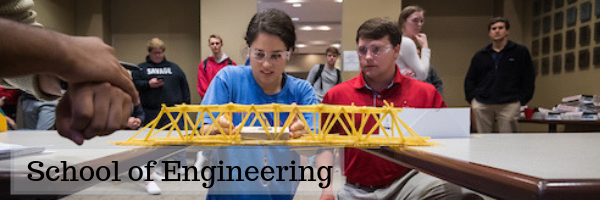
Faculty and Student Publications
Document Type
Article
Publication Date
12-1-2021
Abstract
Tumor tissue contains a continuous distribution of static and dynamically changing oxygen environments with levels ranging from physiologically normal oxygen down to anoxia. However, in vitro studies are often performed under oxygen levels that are far higher than those found in vivo. A number of devices are available to alter the oxygen environment in cell culture, including designs from our laboratory. However, in our devices and most other designs, changing the media in order to feed or dose cells remains a disruptive factor in maintaining a consistent hypoxic environment. This report presents a novel 96-well plate design that recirculates the local oxygen environment to shield cells during media changes and facilitates toxicity studies of cells cultured under varying oxygen levels. The principle behind the design is presented and the response of human pancreatic cancer PANC-1 cells treated with tirapazamine and doxorubicin under eight different static or cycling oxygen levels was measured. As expected, tirapazamine is progressively more toxic as oxygen levels decrease but retains some toxicity as oxygen is cycled between hypoxic and normoxic levels. Doxorubicin sensitivity is largely unaffected by changing oxygen levels. This technology is ideal for assessing the effects of oxygen as a variable in toxicity screens.
Relational Format
journal article
Recommended Citation
Yao, M., Walker, G., & Gamcsik, M. P. (2021). A multiwell plate-based system for toxicity screening under multiple static or cycling oxygen environments. Scientific Reports, 11(1), 4020. https://doi.org/10.1038/s41598-021-83579-1
DOI
10.1038/s41598-021-83579-1
Accessibility Status
Searchable text

